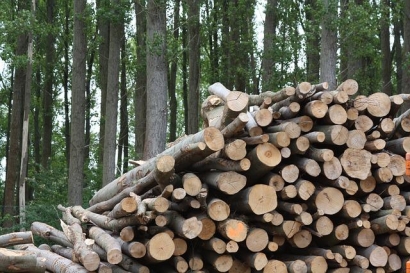
In Journal of Renewable and Sustainable Energy, published by AIP Publishing, researchers in China and the United States outline a computer simulation model addressing the challenge of solar power's inherent intermittency by adding biomass as another renewable energy source to advance a reliable, affordable heating solution while reducing carbon dioxideemissions.
"We demonstrate how this hybrid system provides a cleaner, more energy-efficient heating solution than fossil fuel in single-family homes," co-author Gaoyang Hou said. "The system would be convenient in rural communities, where farms have large amounts of biomass in the form of agricultural waste that can be combined with solar power to close the urban-rural electricity gap and help the environment in the process."
The proposed solar-biomass hybrid system is based on distributed multi-generation technology that integrates photovoltaic-thermal (PV/T) and biomass power sources.
Biomass is produced from renewable organic matter, like corn husks, nut shells, wood pulp, and food and animal waste. A PV/T system, composed of PV panels and thermal collectors, is an emerging technology that converts solar energy into both heat and electricity with higher energy conversion efficiency.
Studies on emerging decentralized hybrid systems have focused on neighborhoods and commercial greenhouse farms. The researchers evaluated their system based on the heating needs of a single-story cottage from November to March in northwest China, where temperatures in winter can dip below minus 20 degrees Celsius (minus 4 degrees Fahrenheit).
Of the total energy input, the PV/T collector generated 52% of the electrical energy and captured 8% of the available thermal energy. The biomass generated the remaining 40% of the electricity needed to heat the house.
"For the entire heating season, solar power predominates the energy supply side, with the biomass energy generation kicking in when needed to make up the energy deficit," co-author Lei Xu said.
They created their simulation model in TRNSYS (short for transient system simulation tool), a modular thermal system software used to assess the performance of thermal and electrical renewable energy systems.
Their hybrid system simulation consisted of a PV/T collector, heat pump, storage tank with an immersed coiled-tube heat exchanger, flow diverters, and backup electric boiler, among other components.
The researchers are developing a solar-biomass system model to meet heating and cooling demands of a small commercial building and, if successful, plan to develop a prototype for experimental testing.
Materials provided by American Institute of Physics.

